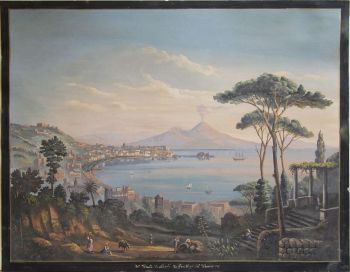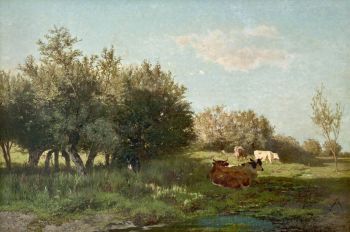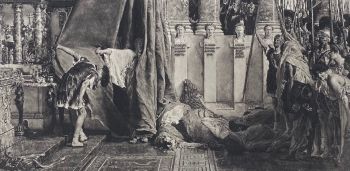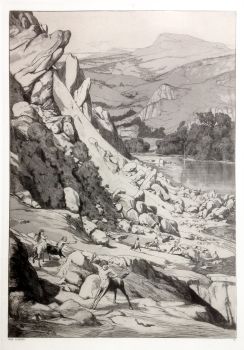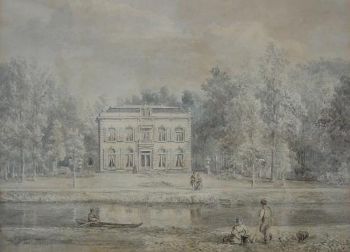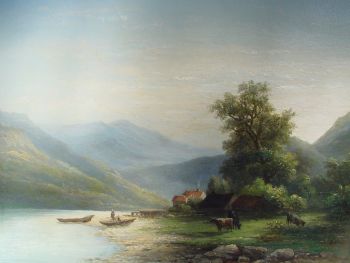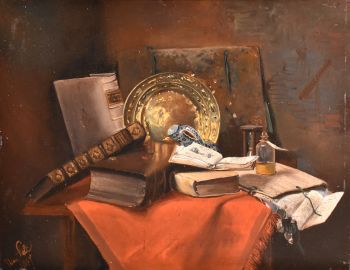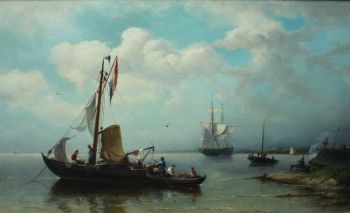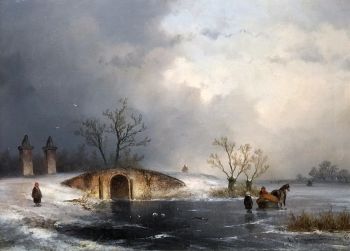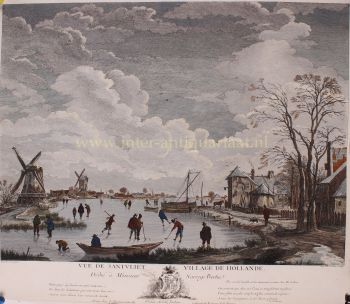Romanticisme in art
Romanticism was an artistic, literary, and intellectual movement that emerged in Europe in the late 18th century and lasted until the mid-19th century. It was a response to the Enlightenment, which emphasized reason a nd logic, and the Industrial Revolution, which brought about significant changes in society. Romanticism placed an emphasis on emotion, individualism, and nature. This article will discuss the role of romanticism in art and its impact on the artistic world.
One of the main contributions of romanticism to art was its focus on emotion. Romantic artists sought to evoke strong emotions in their viewers through their work. They often used dramatic, powerful imagery and vibrant colors to create an intense emotional impact. This emphasis on emotion can be seen in the works of artists such as J.M.W. Turner, Caspar David Friedrich, and Francisco Goya.
Romanticism also placed a great emphasis on individualism. Romantic artists rejected the ideals of the Enlightenment, which emphasized reason and logic, in favor of individual expression and creativity. This focus on individualism can be seen in the works of artists such as Eugene Delacroix, who sought to create a unique and personal style in his paintings.
Another significant contribution of romanticism to art was its emphasis on nature. Romantic artists often depicted the natural world in their works, using it as a metaphor for human emotion and experience. They sought to capture the beauty and power of nature, as well as its ability to inspire awe and wonder in the viewer. This emphasis on nature can be seen in the works of artists such as William Wordsworth, John Keats, and Samuel Taylor Coleridge.
Romanticism had a significant impact on the artistic world. It challenged the prevailing artistic and intellectual conventions of its time, paving the way for new styles and movements to emerge. Romanticism influenced a wide range of artistic disciplines, including painting, sculpture, literature, music, and architecture.
In painting, romanticism paved the way for the development of new styles such as impressionism and expressionism. These styles built on the emphasis on emotion and individualism that were central to romanticism. In literature, romanticism inspired a new generation of writers who sought to explore the depths of human emotion and experience.
In music, romanticism led to the development of new musical forms such as the symphonic poem and the tone poem. These forms allowed composers to express powerful emotions and ideas through music. In architecture, romanticism inspired the development of new styles such as the Gothic Revival, which sought to capture the power and mystery of the medieval world.
In conclusion, romanticism played a significant role in the development of art and had a profound impact on the artistic world. Its emphasis on emotion, individualism, and nature challenged the prevailing conventions of its time, paving the way for new styles and movements to emerge. Romanticism remains an important and influential style in art today, and its legacy can be seen in some of the greatest masterpieces of all time.





